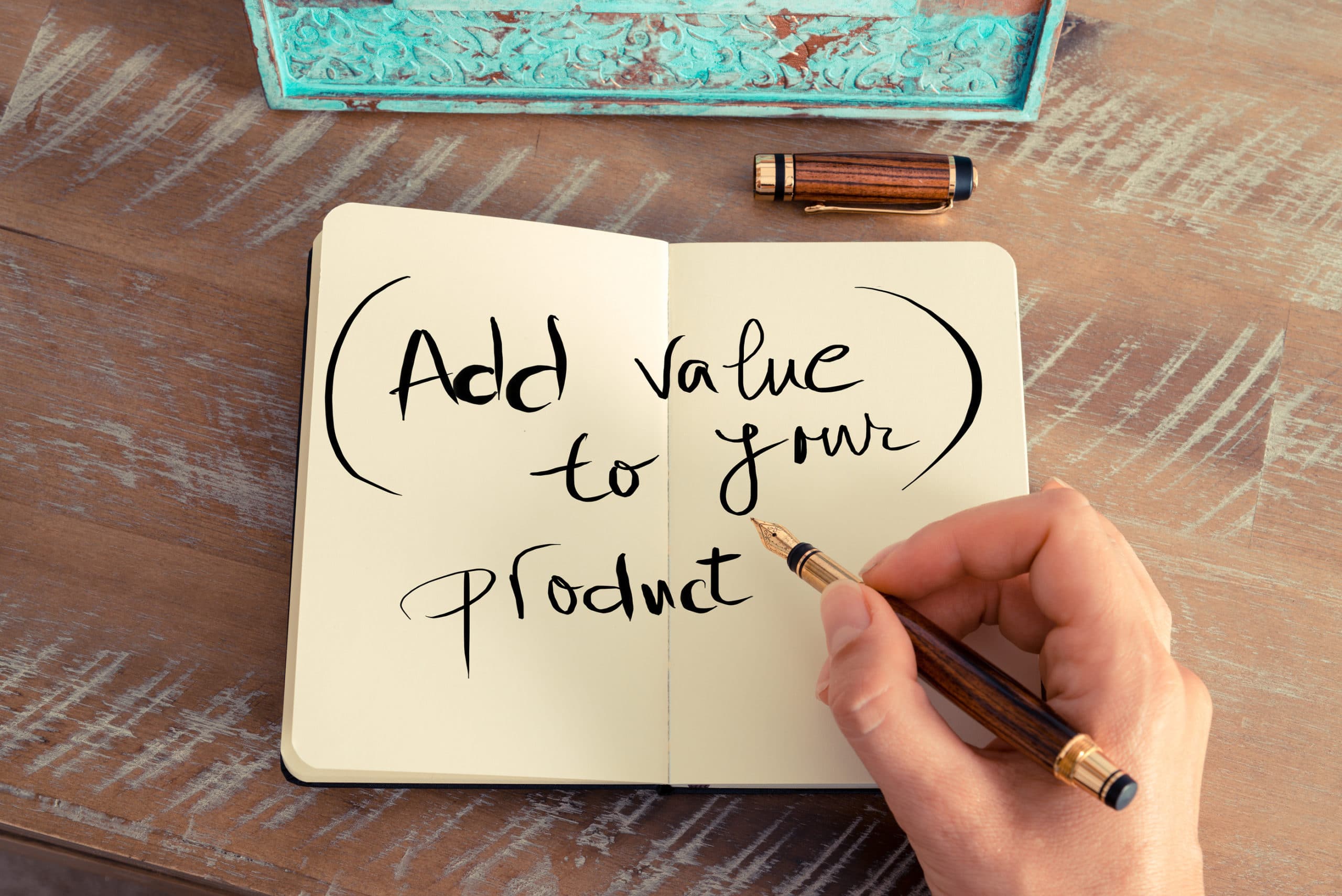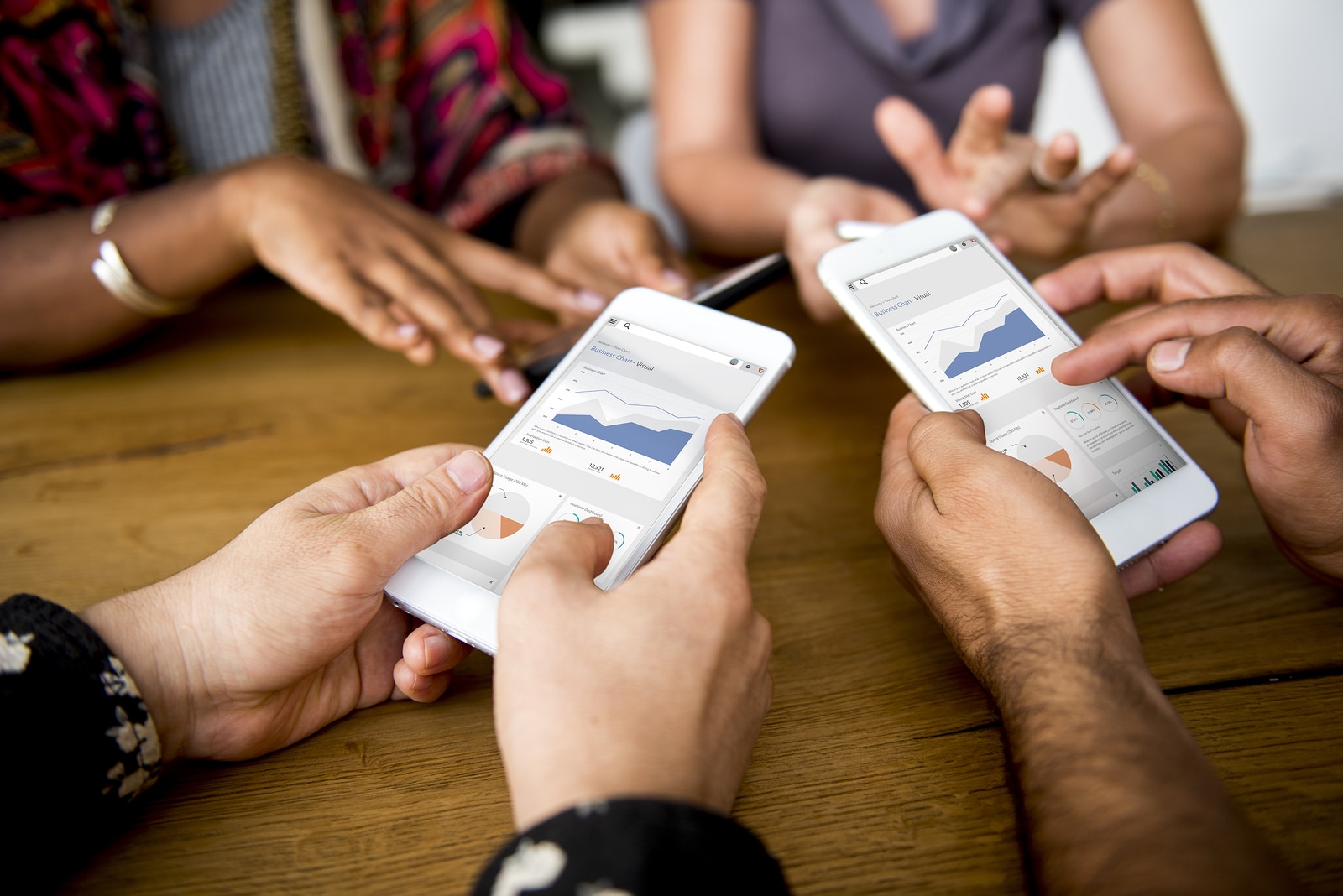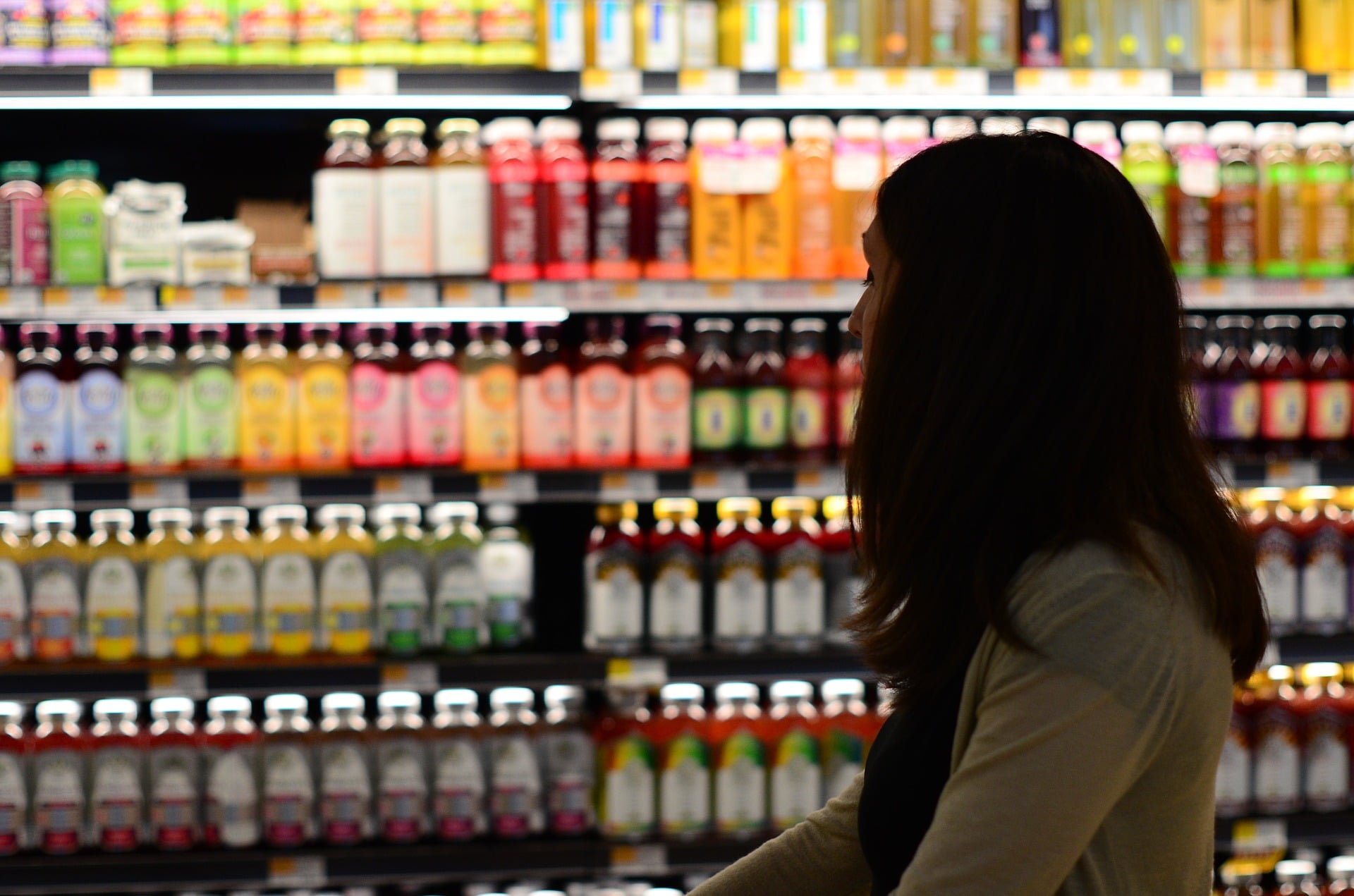A win-win for both a brand and its customers, added value marketing offers the consumer many more incentives and rewards than standard marketing does, while simultaneously costing the brand very little compared to other advertising methods.
 Added value marketing—commonly referred to as value-added marketing—is a strategic method of advertising used for building brand affinity. It creates a connection with the customer that increases their receptiveness to a brand’s message. However, while many marketing materials might fit the mold of added value, not all will offer the same impact. Modern CPG marketing trends show that any approach to advertising must be more than just a sales pitch. Added value marketing needs to offer information about the company, incentivize consumers to share the brand’s message, and, perhaps most importantly, explain how the product solves a consumer’s problem.
Added value marketing—commonly referred to as value-added marketing—is a strategic method of advertising used for building brand affinity. It creates a connection with the customer that increases their receptiveness to a brand’s message. However, while many marketing materials might fit the mold of added value, not all will offer the same impact. Modern CPG marketing trends show that any approach to advertising must be more than just a sales pitch. Added value marketing needs to offer information about the company, incentivize consumers to share the brand’s message, and, perhaps most importantly, explain how the product solves a consumer’s problem.
The concept of added value is a marketing strategy based on perception; the value usually can’t be measured in dollars and cents. Instead, it’s measured in how much the customer values what they’re being offered. As such, added value marketing can be a bit difficult to manage and assess effectively. However, when successful, it can offer a major boost to a brand’s reputation—and its bottom line.
Provide Digital Collateral Materials
Collateral materials refer to any marketing materials that accompany a product; they support a sale by clearly introducing a company and a product to a consumer considering a purchase. This is a very broad concept that can be applied to a wide range of platforms.
Traditionally, these marketing materials have accompanied more expensive items. However, digital channels have made this a more accessible approach to added value marketing for products at every price point.
Marketing materials can now be used to add value to a purchase and reach consumers while they’re in the shopping aisle via:
- In-store digital displays: In-store digital displays can be used to showcase the history of a company or information about a new product. A case study for this approach comes from a popular makeup brand. The brand offered in-store digital displays featuring several social media influencers demonstrating the use of new products. The company was able to leverage the power of social media to add value, aka a tutorial, to the makeup purchase experience.
- Mobile demonstrations: A well-known soap company chose to offer a mobile video experience so that potential buyers could compare for themselves the results of using the company’s products versus their competitors’. The quick video clips were offered on a mobile app as well as via the brand’s social media pages. They were inexpensive to make and resulted in an increased consumer interest in the brand.
- Downloadable eBooks: eBooks, online tutorials, and downloadable PDF guides can provide information and instructions for a product’s use while minimizing the cost of supplying these materials to the consumer. If these marketing materials are available to the consumer before purchase, they can help to increase sales, essentially advocating for a sale of the product on behalf of the company.
Digital collateral allows a brand to connect with consumers in the purchase moment. This creates a more personal experience, one that encourages the consumer to spread a brand’s message. It’s a standard customer relationship building strategy that establishes the company as a subject matter expert.
Incentivize Brand Ambassadorship
Brand ambassadors are quite possibly a brand’s most valuable customers. Why? Other consumers trust them. In one study, it was noted that 84% of consumers trust online customer reviews as much as they trust the recommendations of friends. The reason for this is that they consider other, anonymous consumers to be unbiased.
Cultivating brand ambassador relationships is something which any brand can take part in and it doesn’t require a large investment—or even the endorsement of a well-known person. Here are a few ways to create and encourage brand ambassadors:
- Sweeps for shares: Social media shares are a highly effective way to earn attention for a product or brand. However, getting consumers to share social media ads can be a challenge if something isn’t offered in return. Many companies use online raffles, or sweeps,›› that offer consumers the digital version of a raffle ticket in exchange for sharing a post. This is an easily scalable added value technique that often only requires giving away a single free sample product to the winner of the raffle.
- Referral bonuses: When a customer refers someone to a product, they should be recognized. Shopkick, a shopping app which rewards points to consumers for interacting with brands, leverages this tactic by offering additional points to its users each time they refer a new active user to the app. This approach is highly successful at creating consistent user base growth.
- Online parties and events: One way to gain brand ambassadors and social media shares is to have a scheduled online event where users can ask questions in real time, get to know other users, and gain insider information on a company. It works to humanize a brand and encourages engagement and excitement for a product.
Incentivizing individuals to spread a brand’s message does not have to be an expensive approach to added value marketing. Again, this incentive is all about perception. If the consumer perceives value in spending their time sharing a brand, they’ll participate. They’re more likely to do this when they view a brand not just as a company, but as a company that cares.
Helping Rather Than Selling In Added Value Marketing
Added value marketing focuses not on selling to the consumer but, instead, on helping them. Brands should consider the desired uses of a product and why a consumer would turn to their brand specifically. Offering the answer to a consumer’s problem is a way to build brand affinity. That affinity is something the consumer views as added value; when they purchase a product, they’re not just getting a product, but also the expertise of the company behind that product.
Brands can incentivize consumers via added value marketing in a way that provides an emotional connection rather than an immediate monetary return. It’s about consumers trusting a brand. That trust comes from giving them important information about a company and its products, incentivizing consumers to share the brand’s message, and offering marketing that helps them, rather than simply sells to them.
Shopkick helps our partners provide superior value through its shopping app that gives users kicks for engaging with brands. For more information on how our app incentivizes customers, contact our team today.
Image courtesy StanciuC












 These apps can interact with beacons within a retail location, delivering offers to the consumer once they are within a certain proximity to the store, working in accordance with GPS tracking. This is particularly effective since
These apps can interact with beacons within a retail location, delivering offers to the consumer once they are within a certain proximity to the store, working in accordance with GPS tracking. This is particularly effective since 
